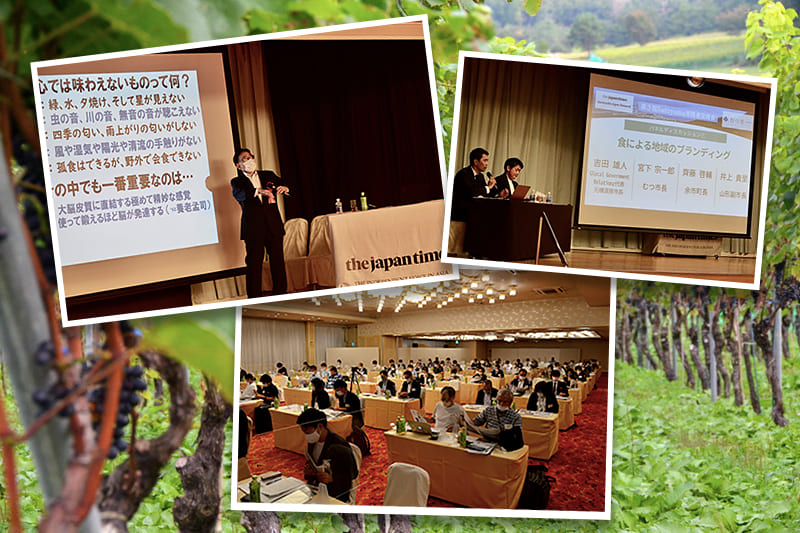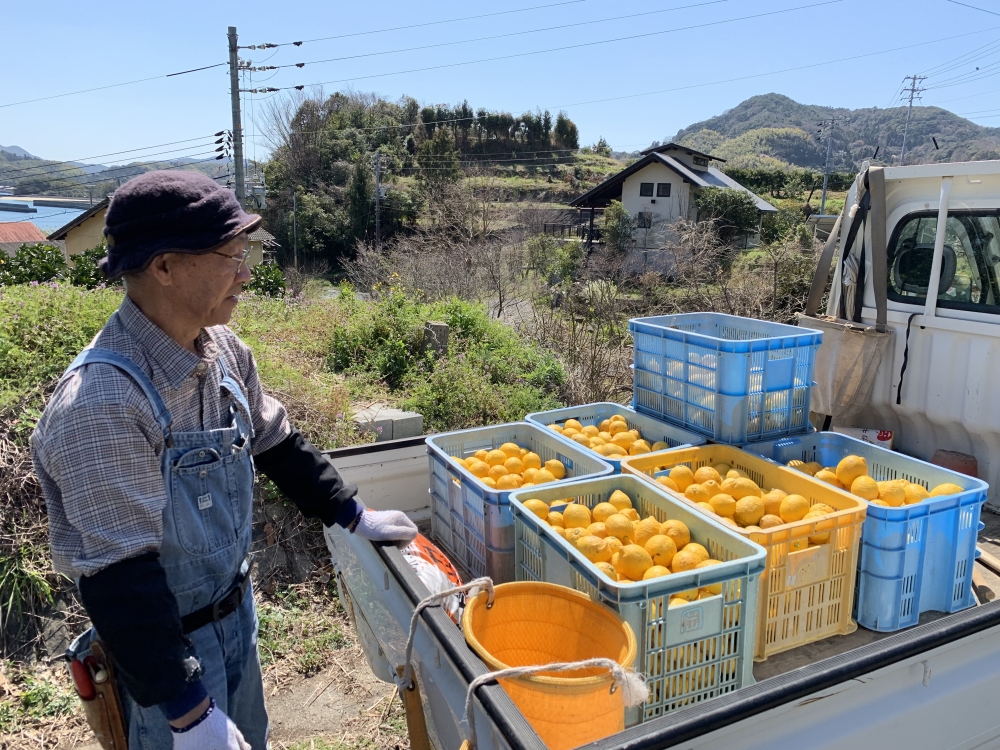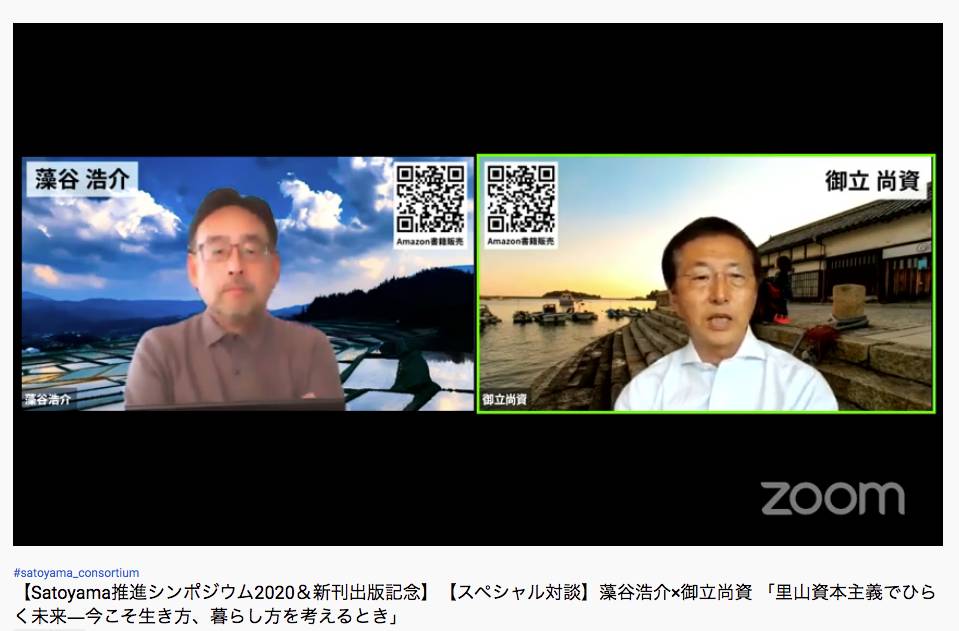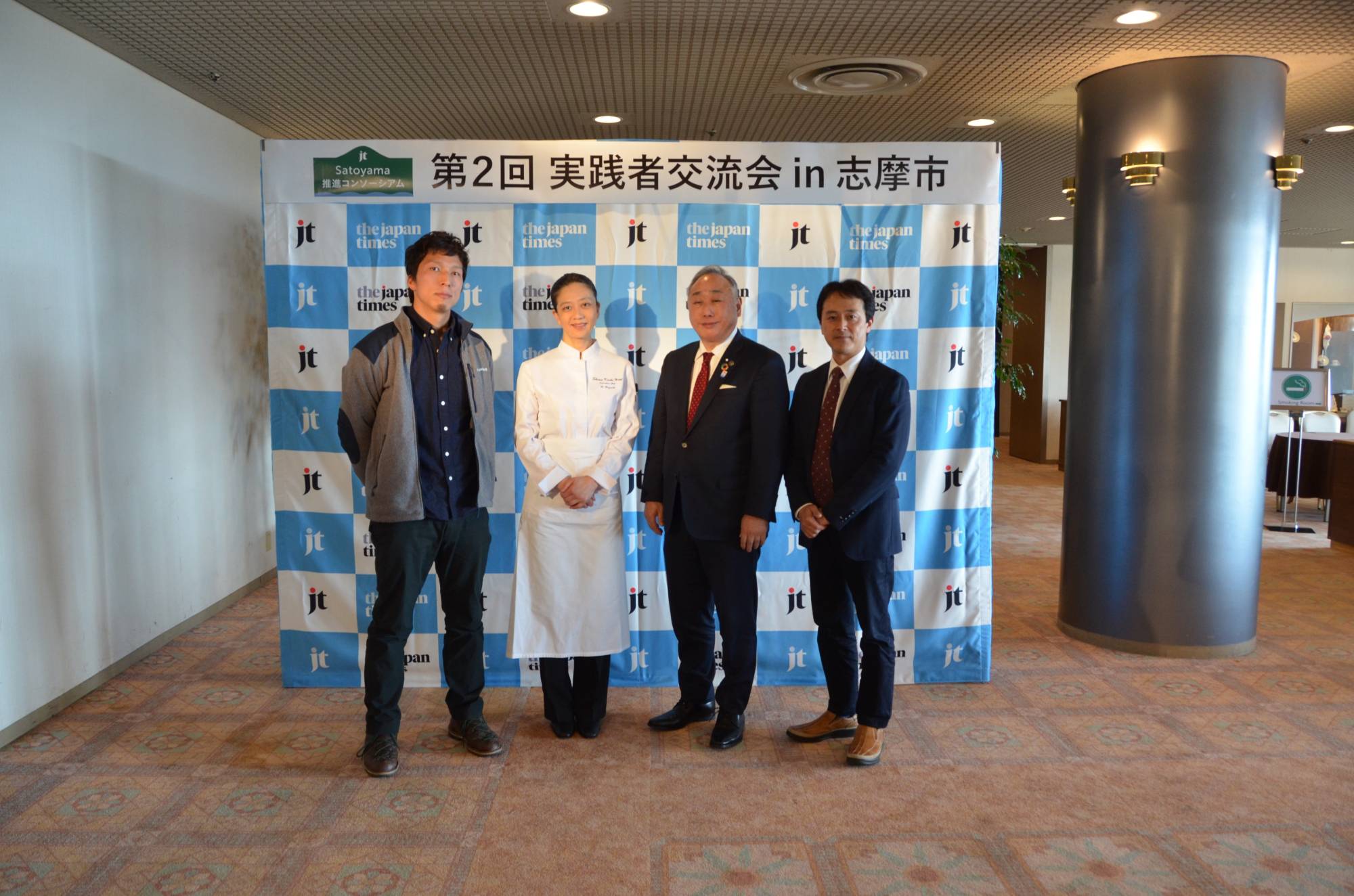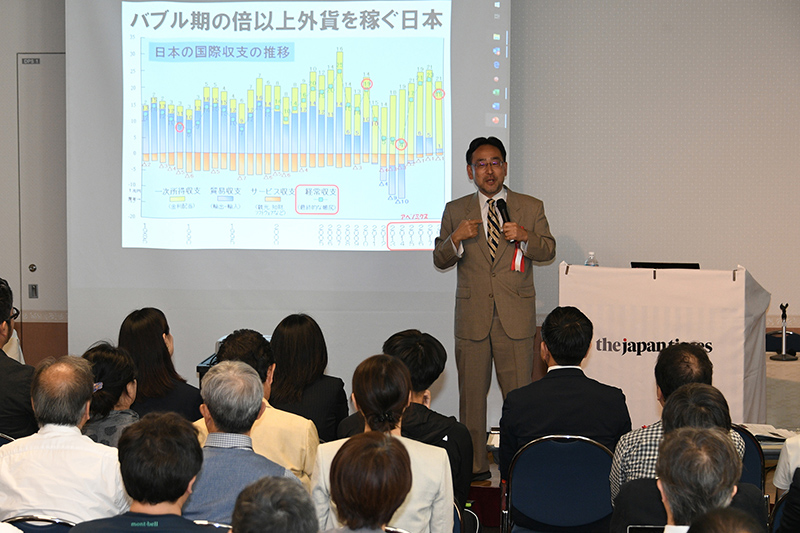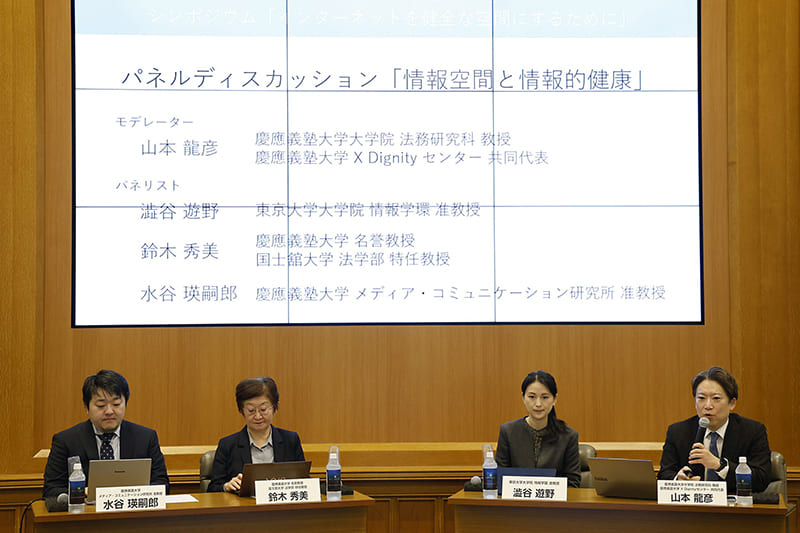May 10, 2020
Sustainable lifestyle key to a stable society
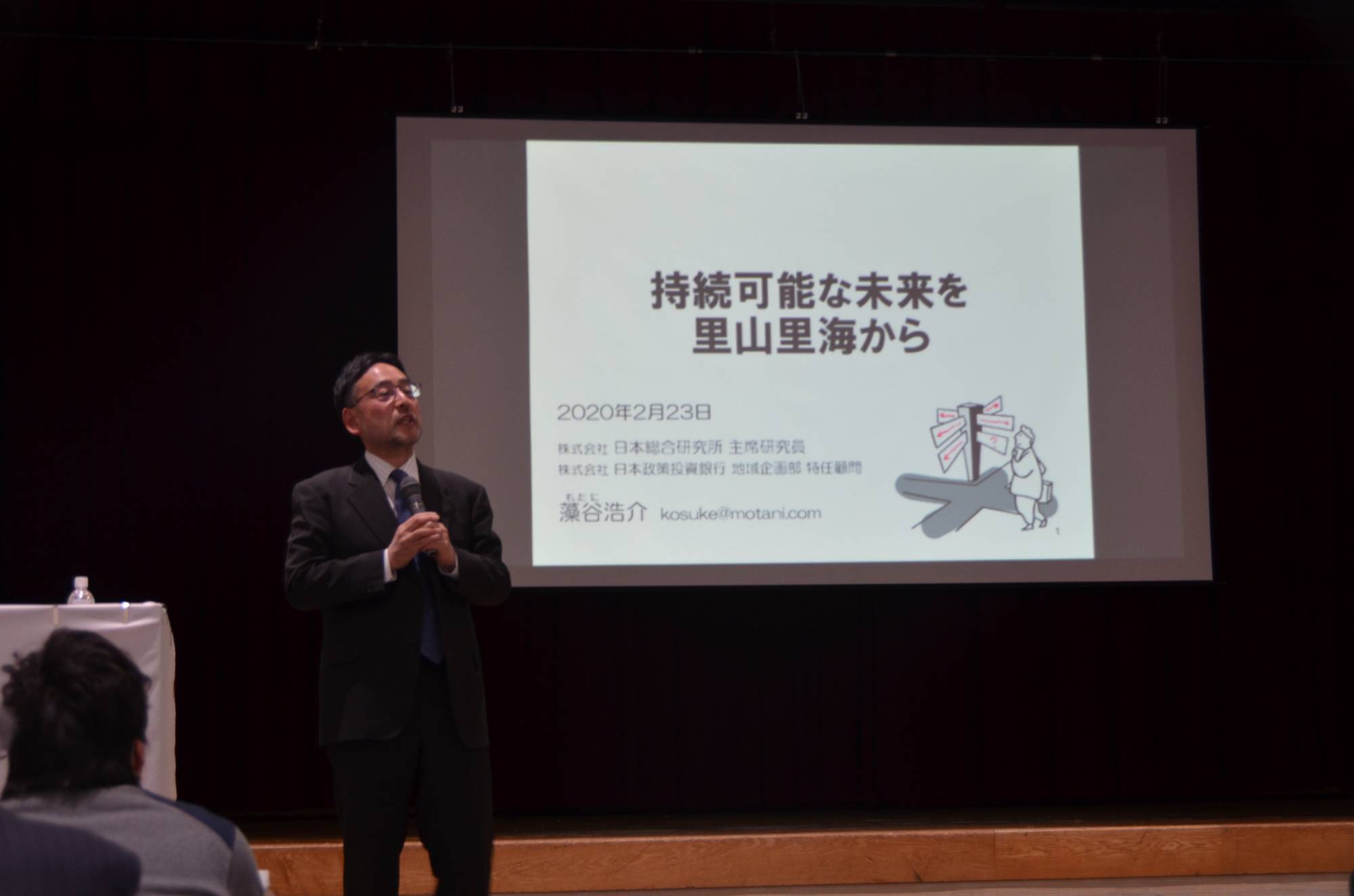
As a society with an aging population and dropping birthrate, Japan is facing the question of what sustainable development is — and how to achieve it.
This is what Kosuke Motani, chief senior economist at the Japan Research Institute Ltd., stressed when he gave the keynote speech on the first day of a two-day event on topics related to satoyama (mountains and woods shared and maintained by residents of the adjacent rural communities) and satoumi (marine and coastal environments where biodiversity is maintained through human intervention).
The event was held at the Hotel & Resorts Ise-Shima in the city of Shima, Mie Prefecture, on Feb. 23 and 24 and co-hosted by the Japan Times Satoyama Consortium and the city.
Motani is a co-author of “Satoyama Capitalism.” Published in 2013, the book advocates for a society based on the effective and sustainable use of existing resources to create and maintain economic circulation. Such a system would also serve as a backup system for modern capitalism that is beginning to dysfunction in mature and aging economies.
Motani indicated that Shima holds natural resources both on land and in water.
“Thanks to the Grand Shrines of Ise, broad-leaved forests in the area have been well-preserved, enriching the water that pours into the ria” he said.
However, he questioned whether the potential of locally produced marine and agricultural products and similar resources is fully capitalized upon to attract visitors. Ever since he first visited Shima 37 years ago, Motani has been to various restaurants in the city that serve fish caught elsewhere.
“We should not attract visitors by promoting delicacies from all over the world,” he said.
The economist exp lained that rural areas experiencing a rapid increase in the elderly population, birthrate decline and without any strategies to promote their strong points will fail to bring in not only tourists, but also new residents.
“If depopulation continues in Shima at the current pace, the city will lose its entire population within 50 years,” Motani said.
This problem is not unique to Shima and other rural areas but is relevant to the whole country.
“According to statistics, the number of people between 15 and 64 is decreasing even in Tokyo and three neighboring prefectures,” Motani said.
He added that manufacturing is increasingly automated, in part because of this lack of manpower. This then leads to greater export competitiveness due to increased productivity and reduced labor costs.
“Last year’s account surplus was about ¥ 20 trillion, which was the second-highest such figure after Germany,” Motani said.
“However, the domestic economy inevitably shrinks because consumption drops when robots and machines replace humans,” he continued. “The issue is that people, goods and money do not circulate,” he added, stressing that circulation is the key to sustainability.
Motani also stated that people should think about their own sustainability in addition to that of society.
He asked the participants, “How do you want to live until your death? The third most common cause of death is old age and there are as many as about 30,000 solitary deaths annually in Japan. Will there be enough caretakers when you grow old?”
Living sustainably, being able to support oneself with a job without retiring and being self-sufficient without relying only on money are the keys to creating a happy society according to Motani.
“In a community where this is possible, young people will return, food and energy will circulate, and the economy will become stable,” he said. “This is sustainable development.”
Japan’s growing industries are inbound tourism, agriculture and forestry, Motani explained. Shima has all the resources to support these growing industries through its sustainable ways of living. All Shima has to do, he emphasized, is use those resources effectively; for example, creating restaurants that offer food made from local ingredients throughout the year.
Motani described Shima as an advanced example in the sense that nontourism industry workers actively engage in tourism and are already effectively utilizing resources. He referred to the talks and presentations given prior to his keynote speech by a chef, an ama (female diver) and a group of students from a local high school about their efforts in using and promoting local products.


